Concerned your outdoor lighting won’t survive tough conditions? It’s a costly risk for any project. I’ll show you how to choose lights that reliably perform, no matter the conditions.
LED floodlights perform exceptionally well in extreme weather, provided they are designed for it. Key factors include a wide operating temperature range, a high IP rating for water and dust, robust materials for UV and impact resistance, and effective thermal management to handle both heat and cold.
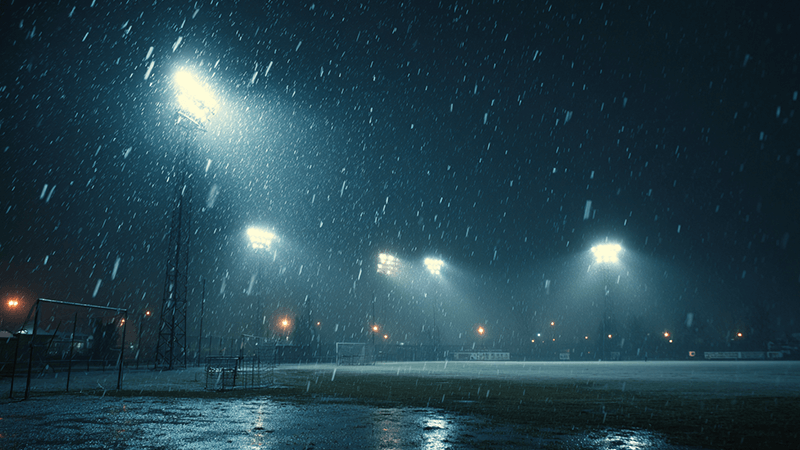
Over my years in the lighting industry, I’ve seen firsthand how robust LED technology has become. But not all LEDs are created equal, especially when facing nature’s worst. A purchasing manager like Shaz in the UAE knows that a light perfect for Dubai’s heat might need different specs than one for a Siberian winter. The real challenge is understanding the specific weaknesses and strengths. Let’s break down exactly what you need to look for to ensure your projects succeed, starting with a common question I get.
What are the disadvantages of LED flood lights?
LEDs seem like the perfect solution, but are there hidden problems? Overlooking their disadvantages can cause unexpected costs and performance issues. Let’s look at the real drawbacks you must consider.
The main disadvantages are a higher initial cost compared to traditional lights and sensitivity to high temperatures. Without proper heat dissipation, high heat can shorten their lifespan and reduce efficiency. Also, their light quality can degrade if low-quality components are used.
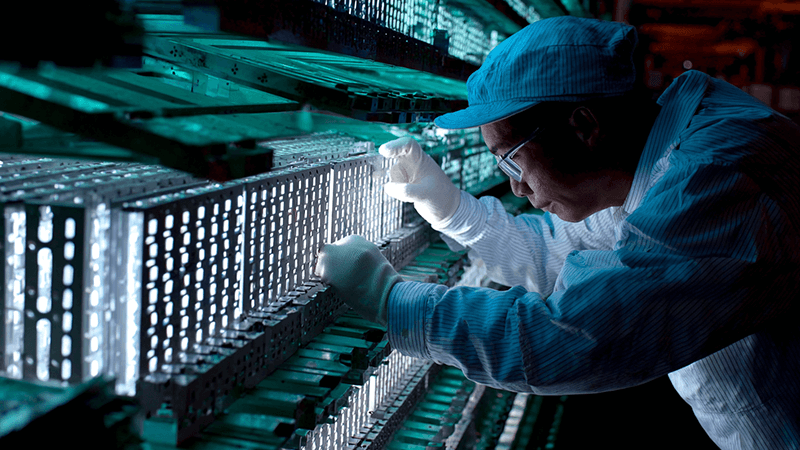
I always tell my clients to look beyond the sticker price. Yes, the upfront cost of a high-quality LED floodlight is more than a halogen one. But that’s a small part of the story. You have to think about the total cost of ownership. I remember a project a few years ago where a client chose cheaper halogen lights for a large storage yard. They saved money initially, but within a year, they were spending a fortune on replacement bulbs and electricity bills. We switched them to our LED floodlights, and their maintenance and energy costs dropped by over 80%. As a purchasing manager, Shaz would appreciate that the real value isn’t in the initial purchase price, but in the long-term savings.
The Real Cost: Initial vs. Lifetime
The purchase price is just one piece of the puzzle. A savvy purchasing manager needs to consider all the long-term expenses to see the true value and make the best decision for the company.
| Factor |
Traditional Floodlight (Halogen/HPS) |
Quality LED Floodlight |
| Initial Cost |
Low |
High |
| Energy Use |
Very High |
Very Low (up to 80% less) |
| Lifespan |
Short (1,000 – 2,000 hours) |
Very Long (50,000+ hours) |
| Maintenance |
Frequent bulb replacements |
Minimal to none |
| Total Cost |
High over its lifetime |
Low over its lifetime |
The Hidden Weakness: Heat Sensitivity
An LED’s biggest enemy is not the cold, it’s heat. The LED chip itself produces heat during operation. If that heat is not drawn away effectively, the chip’s lifespan and light output will suffer dramatically. This is why a good heat sink, often made of die-cast aluminum with many fins to increase surface area, is non-negotiable. Poor thermal management is the number one reason I see cheap LED lights fail. It’s why we focus so intensely on robust heat sink designs at Upward Lighting.
What temperature can LED lights withstand?
Need lighting for a project in a scorching desert or a frozen landscape? A standard light will quickly fail in those conditions. I’ll show you exactly how to read a spec sheet for temperature ratings.
Most commercial-grade LED floodlights operate between -40°C and +50°C (-40°F to 122°F). However, you must always check the manufacturer’s "Operating Temperature" specification on the datasheet. For extreme desert climates, look for models rated up to +60°C or higher.
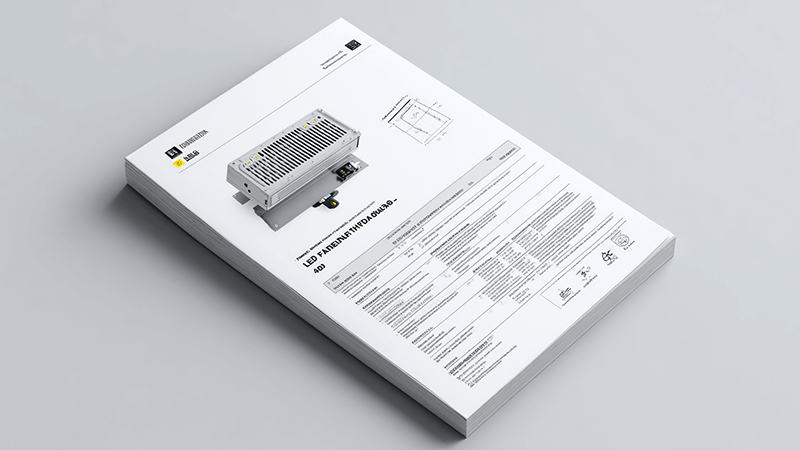
The "Operating Temperature" range on a datasheet is one of the most critical specs I review with my clients. It’s a promise from the manufacturer about the light’s reliability. For my friend Shaz in the UAE, where summer temperatures can be extreme, a light only rated to +40°C is a recipe for disaster. The intense ambient heat will degrade the LED chips and can cause the electronic driver to overheat and fail. You must match the light’s capabilities to the environment it will live in.
High-Temperature Performance
When you’re dealing with extreme heat, like in a desert or near industrial equipment, you need to focus on two things: the design for heat removal and the materials used.
- Heat Sink: The bigger the surface area for cooling, the better. This means looking for designs with many deep fins and good airflow. You should never install a floodlight in a tight, unventilated space because it traps the heat and effectively suffocates the light.
- Housing and Coating: The housing needs to withstand the sun without becoming brittle or faded. Look for powder coatings that specifically mention UV resistance. This prevents the sun’s radiation from degrading the finish and the material underneath.
Low-Temperature Performance
On the other end of the spectrum, extreme cold presents its own unique challenges. While the LED chips themselves actually perform more efficiently in the cold, the driver—the electronic component that powers them—can struggle.
- Driver Components: For reliable cold starts, you need a driver built with industrial or even military-grade components that are specifically rated for low temperatures. A standard driver might simply fail to start the light when the temperature drops below freezing.
- Pre-Heat Function: Some of our more advanced models include a smart pre-heat function. When activated, it sends a small, gentle current to warm the driver before turning the light on fully. This ensures a reliable startup even in the deepest freeze.
| Climate Challenge |
Key Specification to Check |
Why It Matters |
| Extreme Heat (e.g., UAE) |
Operating Temp. up to +60°C |
Prevents driver failure and LED degradation. |
|
UV-Resistant Coating |
Stops the housing from cracking and fading. |
| Extreme Cold (e.g., Russia) |
Operating Temp. down to -40°C |
Ensures the driver can start the light. |
|
Robust Mounting Bracket |
Must handle the extra weight of snow and ice. |
How are LED lights made to work outdoors in the cold and rain?
Water and electricity are a dangerous mix, so how can an outdoor light truly survive a downpour? A small leak can destroy the fixture and create a safety hazard. I’ll show you the engineering that makes them weatherproof.
They are made weatherproof through a combination of a high IP rating (like IP66 or IP67), which indicates sealed protection against water and dust. This is achieved using silicone gaskets, waterproof cable connectors, durable housing, and drivers designed to function in the cold.
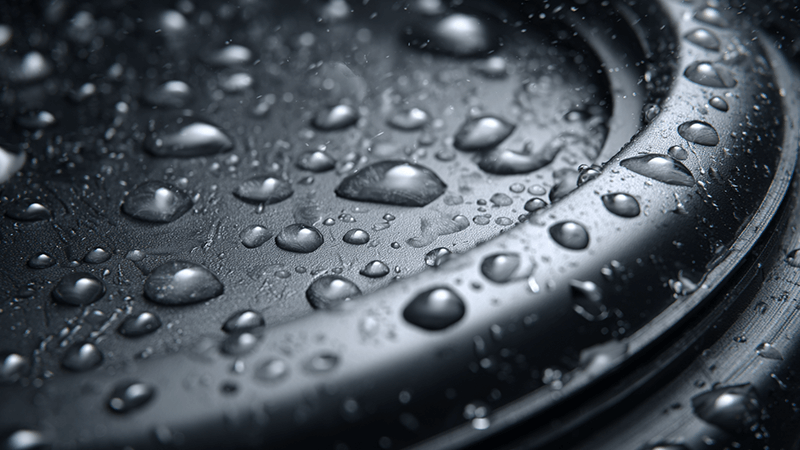
Over the years, I’ve seen too many projects fail because of water getting inside the lights. It’s why at my company, Upward Lighting, we treat weatherproofing with extreme seriousness. It’s not just a single feature; it’s a complete system designed to keep the sensitive electronics inside safe and dry. This holds true whether the light is facing a coastal storm, constant humidity, or a freezing winter rain.
Decoding the IP Rating
The first thing you should look for on a spec sheet is the Ingress Protection (IP) rating. It’s a simple two-digit number that tells you everything about its sealing.
- First Digit (Solids): This number tells you how well the light is protected against solid things like dust and sand. A ‘6’ is the highest rating, meaning it’s completely dust-tight. This is critical for locations like the UAE or dusty construction sites. I always remind people that you must still clean the heat sink regularly, because a thick layer of dust can act like a blanket, trap heat, and cause the light to fail.
- Second Digit (Liquids): This number is for water protection. For any outdoor floodlight, you need a rating of at least ‘5’ (protection against water jets). For very rainy or coastal areas, I strongly recommend IP66 or higher. IP66 means the fixture can withstand powerful water jets from any direction. IP67 means it can even be temporarily submerged in water without any leaks.
The Components of a Weatherproof System
A high IP rating is achieved through careful design and high-quality materials.
- Gaskets: We use durable silicone gaskets to create a tight seal between the glass lens and the aluminum housing. Cheaper rubber gaskets can dry out and crack over time, creating a path for water.
- Cables and Connectors: The cable entry point is a common place for leaks. We use waterproof cable glands and high-quality rubber cables that don’t degrade in the sun. I always advise my installation partners to position the cable entry facing downwards. This simple trick uses gravity to prevent rain from running down the cable and into the fixture.
Does extreme cold affect LED lights?
Do you worry that deep cold will damage your LED lights or stop them from working at all? A failed light in icy conditions is a serious operational headache and safety risk. I’ll explain the surprising effect cold has on LEDs and what the real weak point is.
Extreme cold does not negatively affect the LED chip itself. In fact, LEDs run more efficiently and can have a longer lifespan in colder temperatures. The main challenge is the electronic driver, which may fail to start in deep cold unless it is specifically designed for low-temperature operation.
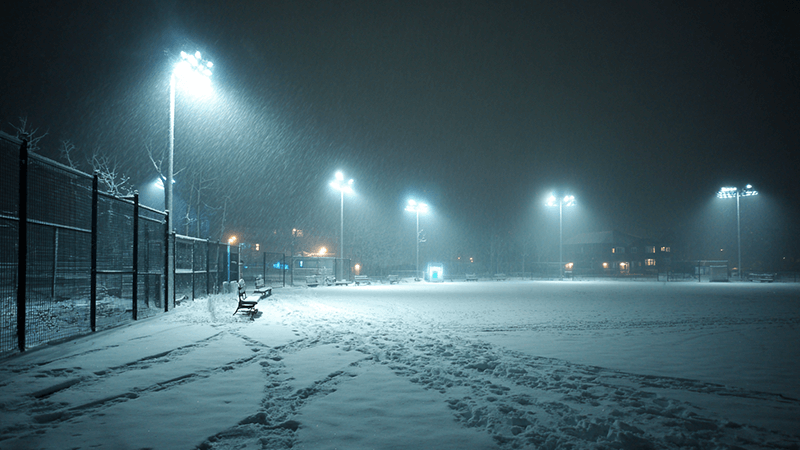
It is a very common misconception that cold is bad for LED lights. I get this question from clients all the time, especially those working on projects in northern climates. The truth is actually the opposite. Unlike old fluorescent lights that can flicker and fail to start in the cold, LED chips love cold weather.
The Surprising Truth about LEDs and Cold
LEDs are semiconductors, and a fascinating property of semiconductors is that they become more efficient at lower temperatures. This means they produce more light for the same amount of energy when it’s cold outside. The cold air also acts as a giant, free heat sink, pulling damaging heat away from the LED chip. This process helps extend the LED’s operational lifespan. So, the LED chip itself performs beautifully in a blizzard. The light fixture, however, is more than just the LED.
The Real Point of Failure: The Driver
The real weak point in extreme cold is the electronic driver. The standard electronic components inside the driver, like capacitors, are often not rated for deep-freeze temperatures and can fail to operate correctly. This is why for any project in a very cold climate, you must specify a floodlight with a certified low-temperature driver. These special drivers use components that guarantee a successful startup, even down to -40°C. That pre-heat function I mentioned earlier is a premium feature we developed specifically to ensure our drivers work in the most extreme cold on Earth.
Beyond Temperature: Other Weather Hazards
Cold weather brings more dangers than just low temperatures.
- Snow and Ice: Heavy, wet snow and solid ice can put a lot of weight on a fixture and its mounting bracket. You need a strong, durable bracket that can handle the load. The installation angle is also important to help shed snow instead of letting it build up and block the light.
- Lightning: This is not just a winter issue, but it’s a critical part of extreme weather planning. In areas with frequent thunderstorms, a power surge from a nearby lightning strike can instantly destroy the driver. We always recommend installing a separate Surge Protection Device (SPD) on the power line before the light. It is a small investment that protects your much larger investment in the lighting fixtures.
Conclusion
Choosing the right LED floodlight means matching its specs—temperature range, IP rating, and build quality—to your specific weather challenges. This ensures reliable performance and long-term value for any project.